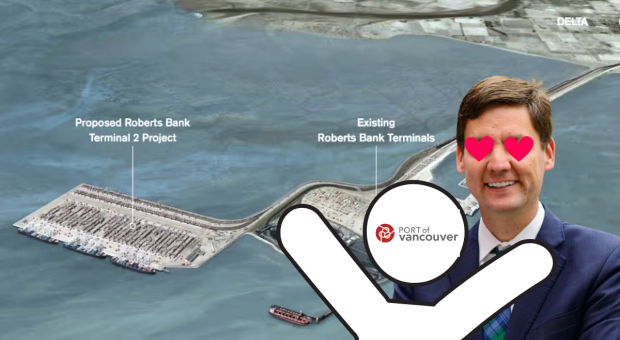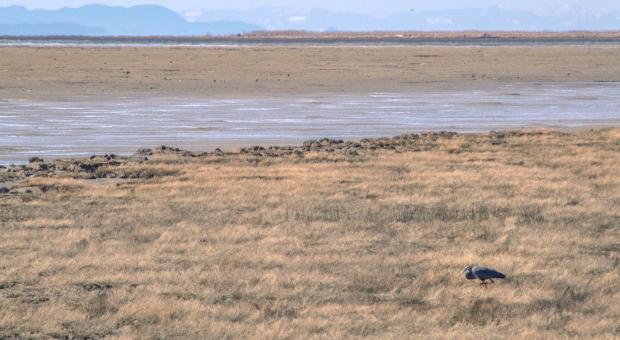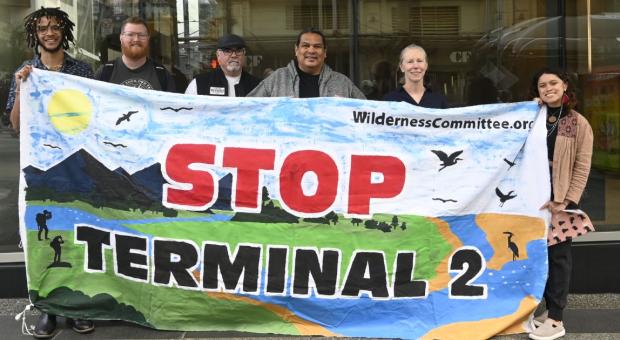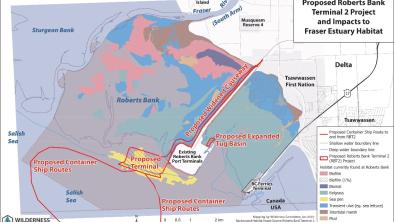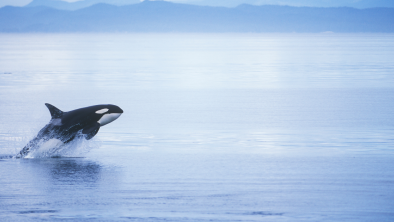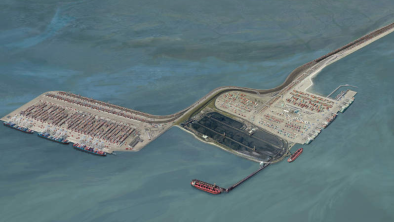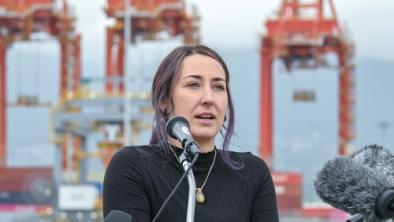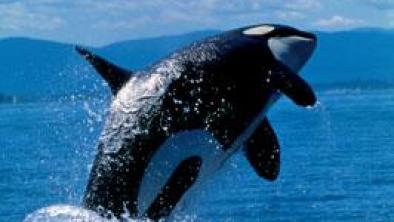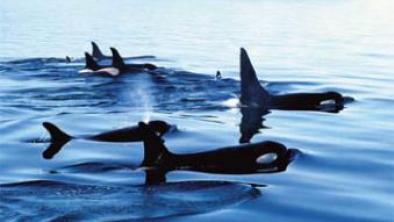The wondrous Fraser Estuary is an ecological jewel. It harbors and sustains an enormous diversity of life. Its importance cannot be overstated. More than 600 species live in the estuary, but its significance is not limited to just the mouth of the river. The Fraser River weaves through the land bringing life and nourishment to ecosystems all the way up the rocky mountains. The health of the estuary impacts the health of the Salish Sea as well. Certain species rely on the estuary in the beginning stages of life but will grow to travel throughout the vast ocean, such as salmon.
The mouth of the Fraser River begins on the unceded territory of the Tsawwassen, Musqueam and Tsleil-Waututh first nations. The river feeds and provides for first nations all along its route from the end of the river in the Salish Sea to where it begins in the Rocky Mountains at Mount Robson Provincial Park. In total the river runs 1,375 kms.
The Fraser River Estuary is the most productive estuary in the world. It’s Canada's largest salmon-producing river and feeds the Adams River which hosts one of North America's largest sockeye salmon runs, on Secwepemcúl’ecw (Secwépemc) territory.
Over 1.7 million birds annually are supported by the Fraser River. It’s the most productive bird habitat in Western Canada. There are 240,000 waterfowl and roughly 4,000 raptors. It’s home to the largest wintering concentrations of waterbirds and raptors in Canada. Migratory birds rely on the estuary as a stopover habitat along the Pacific Flyway. Birds traveling from 20 countries and three continents like Mexico and South America stop here to re-fuel on their journey north to Siberia, Alaska and the Yukon.
But the Fraser Estuary is at risk. Of the more than 600 species living in the estuary, there are 102 at serious risk, including southern resident killer whales, five species of salmon, green and white sturgeon and migratory birds such as the western sandpiper. Annual salmon returns and bird numbers have been declining for decades and are at record lows. There are multiple threats that impact the health of the estuary including industrial development, pollution, agriculture, extensive dredging and dyking.
Southern resident killer whales
These whales live in the Salish Sea and are endangered — down to 73 whales in 2022. They are under threat from toxins, acoustic disturbances and diminished food supplies. There is also the looming, and very real, threat of an oil spill in the Salish Sea which would be catastrophic for the whole ecosystem.
To recover the southern resident population we need action that will protect their habitat, maintain their food supplies, ensure they are safe from acoustic disturbances, limit the number of vessels carrying toxic substances and make sure the water is free from toxic contamination.
The best way to do that is to ensure that Canada’s Species at Risk Act, marine mammals fall under federal jurisdiction in Canada, is properly applied. Over the past several years we have won several important legal victories and our hard work seems to be paying off. In the last four years, the minister of fisheries, oceans and the Canadian Coast Guard announced efforts to recover the southern resident killer whales, including no-go sanctuary areas for the whales.
Pacific salmon
Salmon are a crucial food source for the southern resident killer whales, partially chinook salmon. All seven species of Pacific salmon are in steep decline. In April 2022 the governments of Canada and BC made a significant investment in salmon research and restoration projects. They announced $30.5 million in funding for 22 projects under the British Columbia Salmon Restoration and Innovation Fund.
While this is a positive step the salmon and southern resident killer whales need much more than research, habitat restoration and increased salmon stocks. The most important thing is habitat protection. We must not add more stress and degradation to their habitat.
Roberts Bank Terminal 2
The project, located at Roberts Bank in Delta, BC includes a new three-berth container terminal costing $2 billion. There’s already an existing terminal here but the expansion would increase the number of container shipments by 50 per cent. The shipping route goes through the critical habitat of the southern resident killer whales. A federal environment assessment has been done and the panel review found that there would be significant adverse effects to southern resident killer whales, wetlands, barn owls, Dungeness crab and chinook salmon. It also highlights many First Nation traditional territories that overlap with the project and outlines risks to current use and cultural heritage resources. The assessment further identifies that public health will be at risk during the project’s operation from exposure to nitrogen dioxide and other respiratory irritants.
However, regardless of the plethora of risks to wildlife, First Nation rights and title and local communities, the federal government may approve it anyways. In 2022, the government must make a decision on if the project will be built or not.
The southern residents are barely surviving as is, their populations cannot handle the further stress and risks associated with the Trans Mountain pipeline expansion (TMX) and the Roberts Bank Terminal 2 project. Help the southern residents today and get Roberts Bank Terminal 2 canceled for good.
Trans Mountain pipeline expansion
The Salish Sea is currently a congested and noisy place. Shipping vessels come and go daily. If the Trans Mountain expansion gets built it will increase tanker traffic by 700 per cent, meaning that killer whales will be in the presence of boats almost 100 per cent of the time.
When these whales are in the presence of boats they are less likely to forage. Vessel noise also reduces their ability to find and hunt chinook salmon and to communicate with each other. If built, TMX will have devastating impacts on the southern resident killer whales even without a bitumen spill. The Canada Energy Regulator itself said TMX would have significant adverse effects on southern resident killer whales.
Fraser Estuary Maps
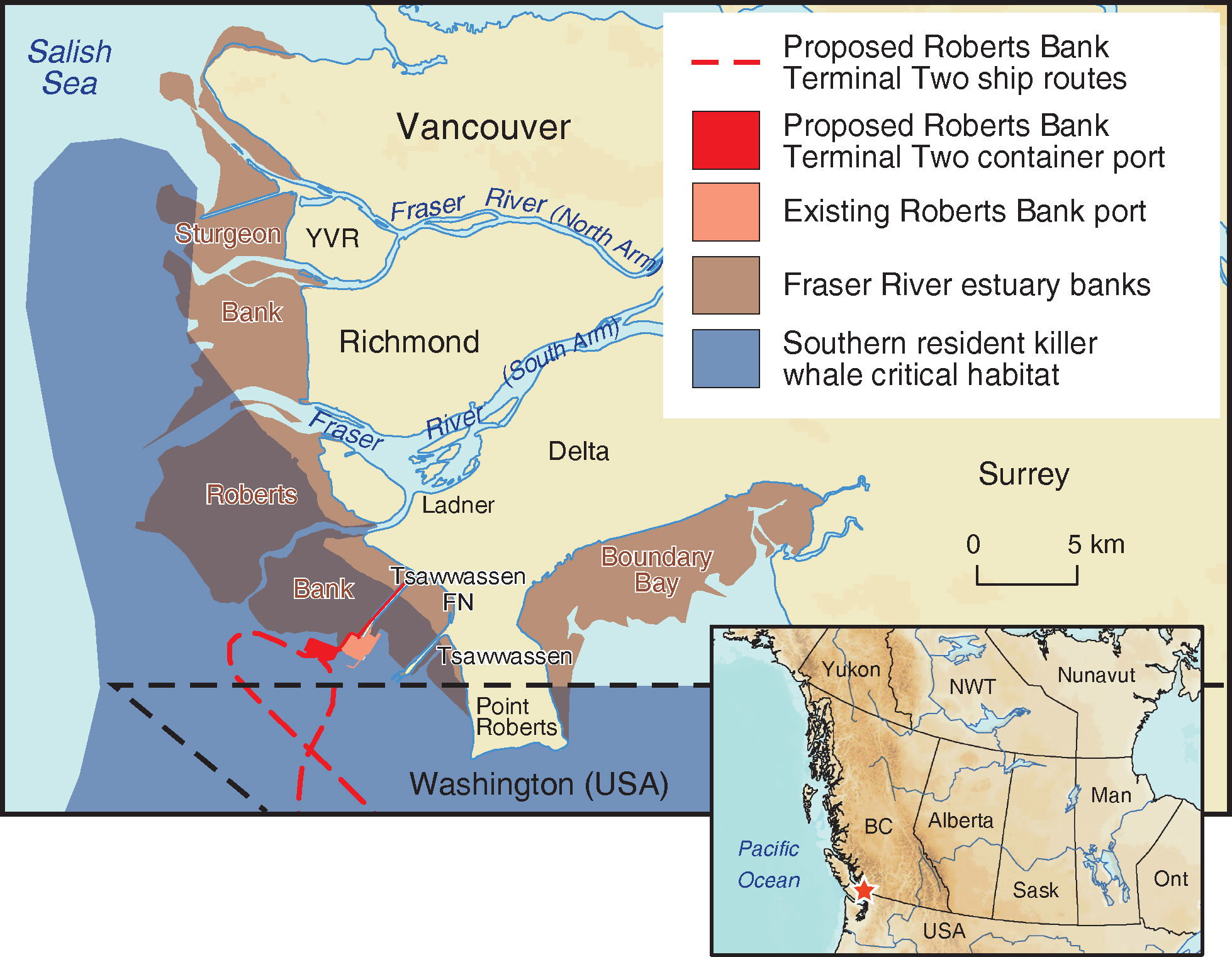
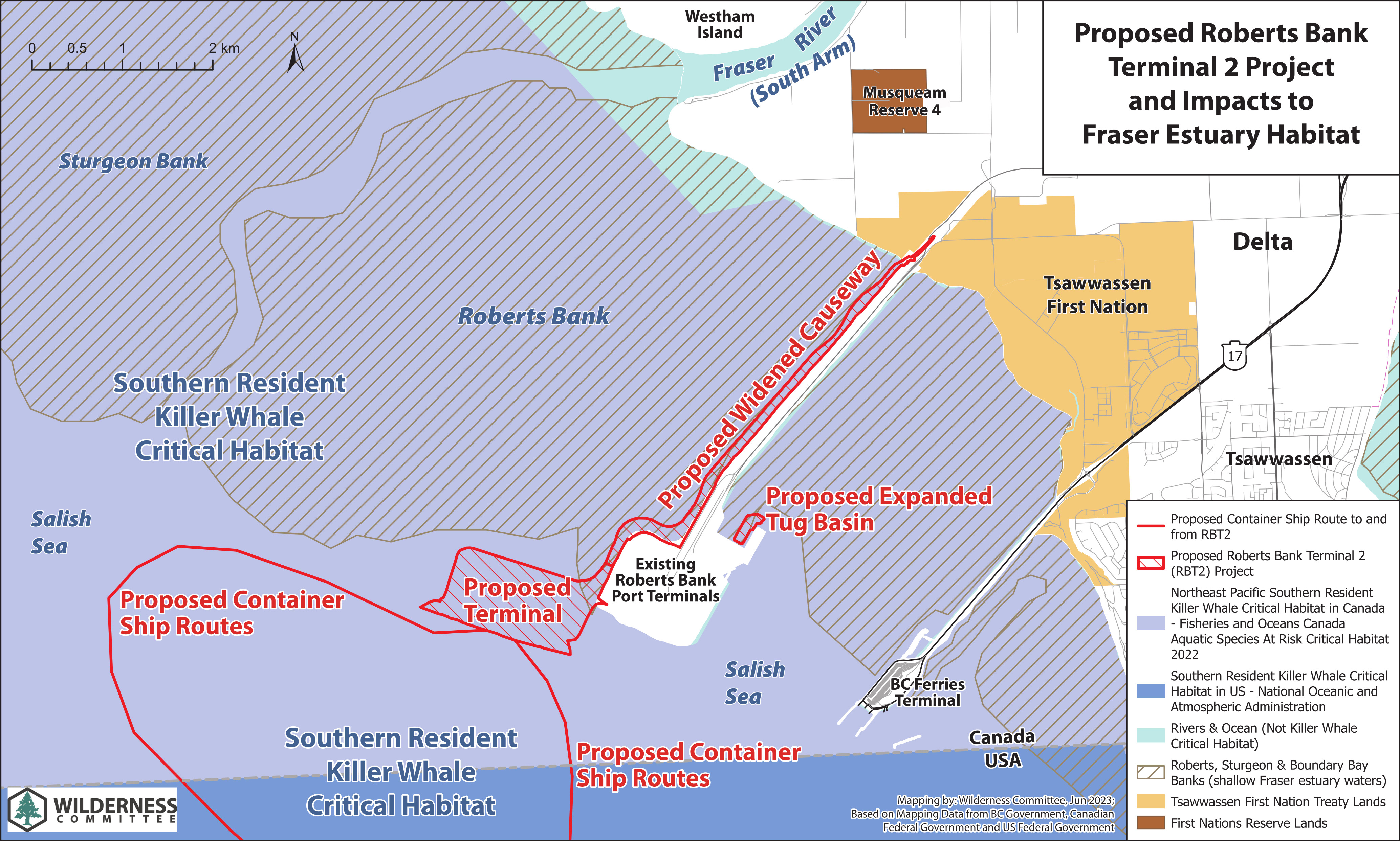
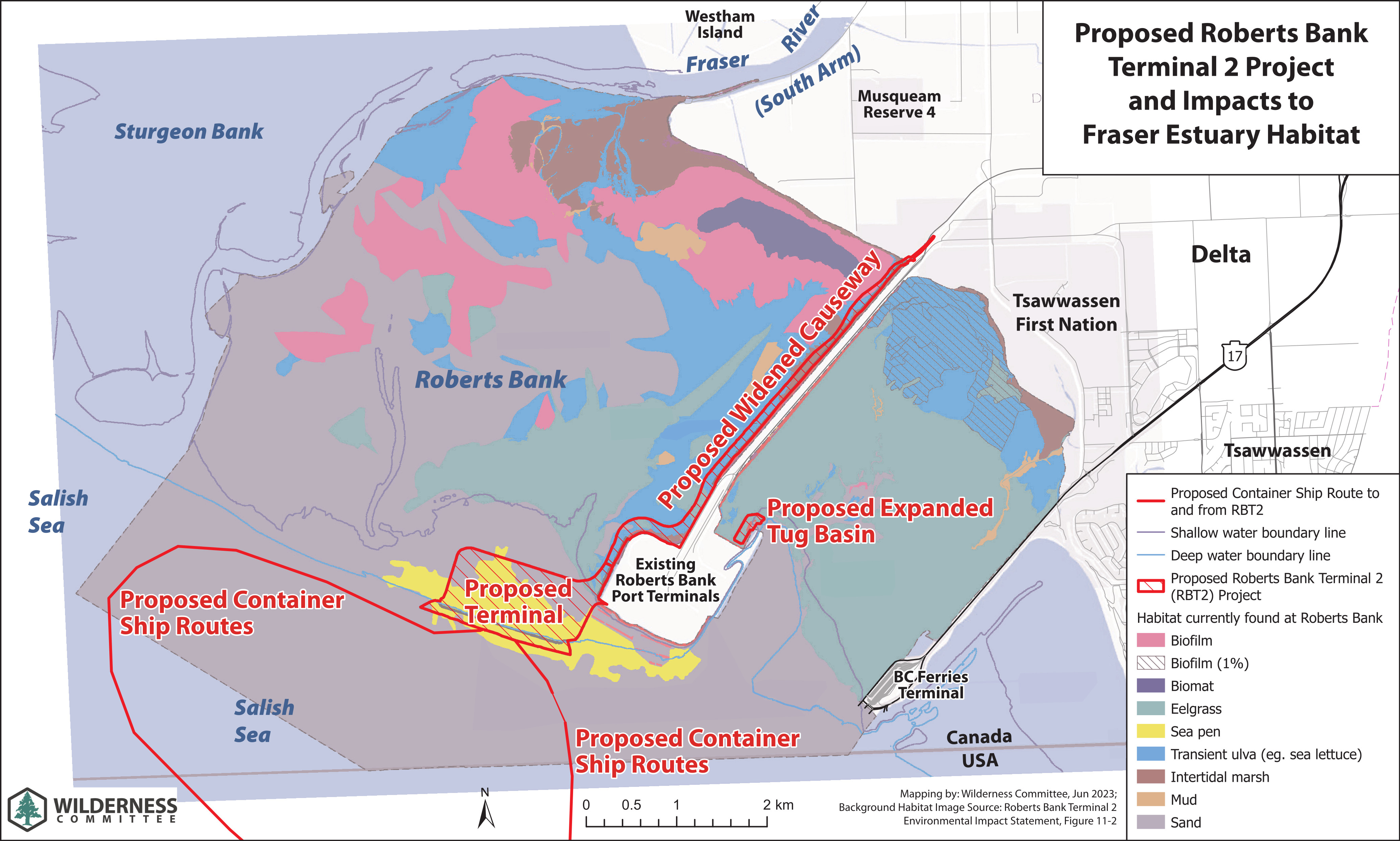
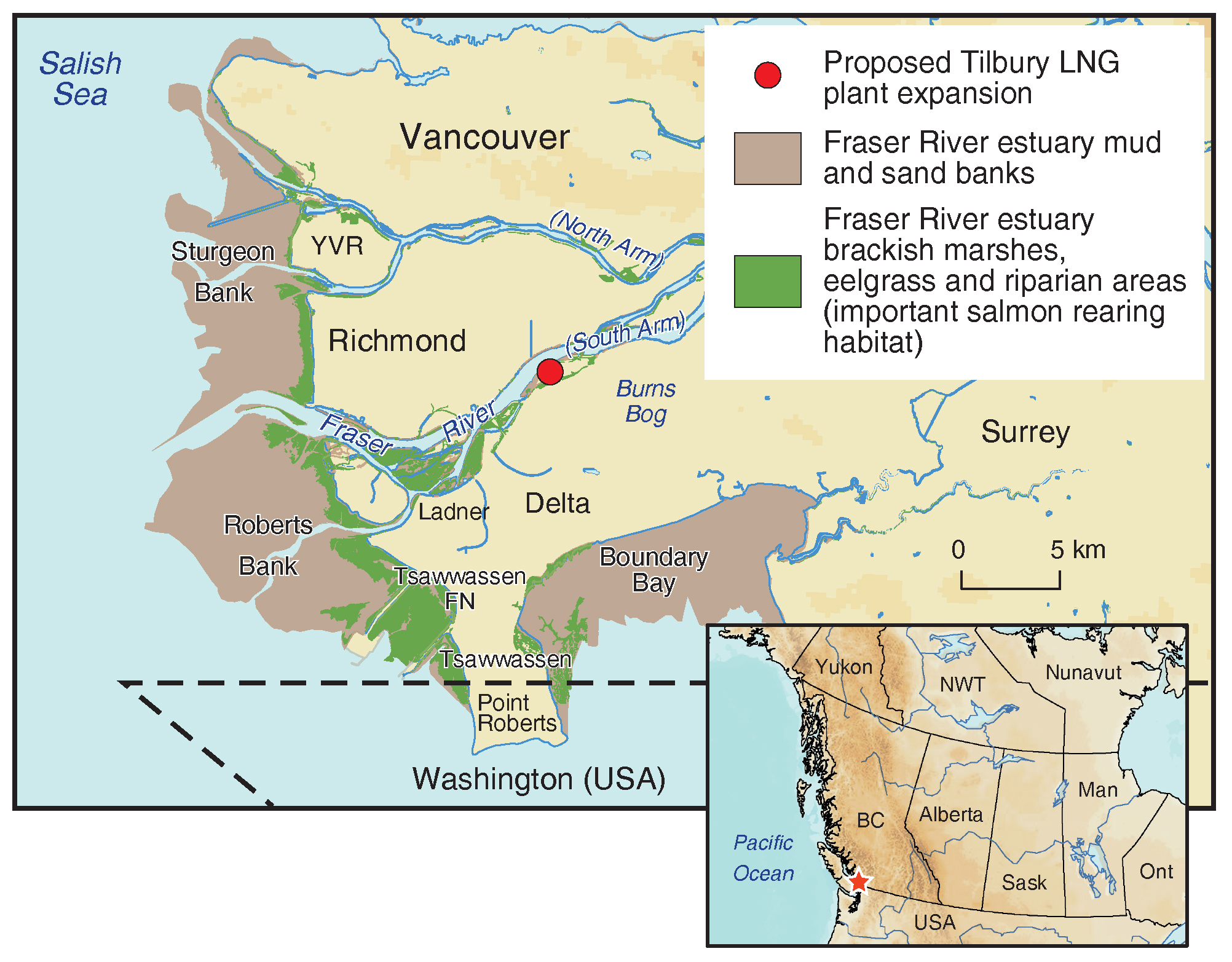
Google Map of Killer Whale Southern Resident Population
View Killer Whale Southern Resident Population in a larger map
Google Map of Killer Whale Northern Resident Population
View Killer Whale Northern Resident Population in a larger map
Your much appreciated donation keeps this work going!
Get in on the action and make a difference!
Help spread the word!
